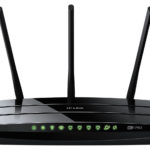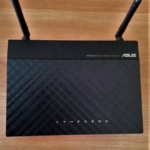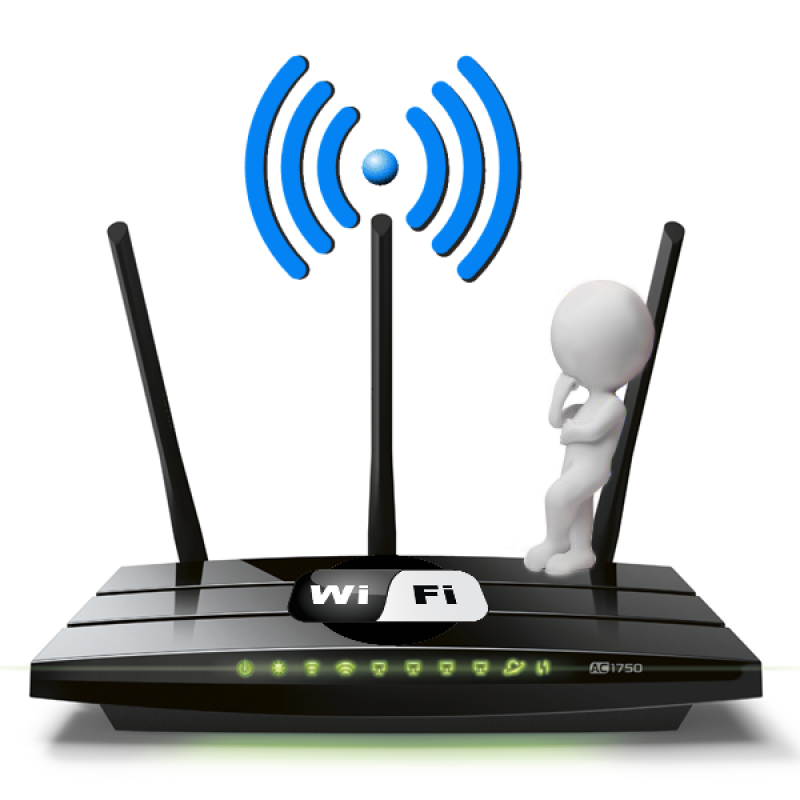Types of routers
Internet transmission technologies are developing, and distribution devices are changing along with them. Along with outdated models that connect to a telephone cable, there is a selection of high-speed new products on sale. We will tell you about the important characteristics of modern types of routers in our material.

The content of the article
Types of routers supporting network and Wi-Fi protocols
Depending on the type of signal transmission, routers differ:
ADSL, provides stable wired data transmission, connects to a telephone line. They are easy to install and affordable, which is why they have earned respect among residents of remote settlements. Their disadvantage is their low speed (from the point of view of technological development): reception is no more than 10 Mb/s, output is up to 700 Kb/s.
Ethernet, these are more advanced devices that support almost all both wired and wireless (Wi-Fi) network standards. They belong to the mixed (universal) type of devices. They work through a special cable that ensures high-quality data reception and transmission. Currently, they are considered the most reliable and efficient models for working on the Internet.
Their advantage is the speed of information transfer, reaching 100 Mb/s in a wired connection, and up to 300 Mb/s in a wireless connection. There are budget models available to the average buyer. The cost varies depending on the manufacturer and built-in functionality.
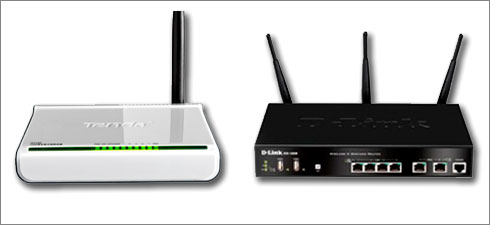
LTE, the latest technological development, works wirelessly via a radio signal and provides access to 3G and 4G networks. Internet access is provided through the provider's SIM card. The advantage will be the ability to use it on the road, business trips, etc. The device will be useful in those regions where the first two types of communication are not available. Such devices also have disadvantages: high price and low connection speed.
Fiber Optic Transmitters, are not widespread. They are capable of broadcasting wired Internet at the highest and most stable speed, but their cost is still holding back the growth of popularity.
IMPORTANT. Before choosing, decide on the protocol provided by your operator.
Consumed Content
The choice, as a rule, does not depend on the amount of information being broadcast. The main parameter here is the bandwidth of the network itself (Internet traffic paid by the subscriber), and the choice is made in accordance with this value.
A router with speeds of up to 100 Mb/s and higher will work at full capacity if the selected Internet plan allows it. This mode will allow, for example, several computers connected to one transmitter to simultaneously work on the network, while simultaneously watching high-quality films on each of them. Surfing the Internet occurs without slowdown.
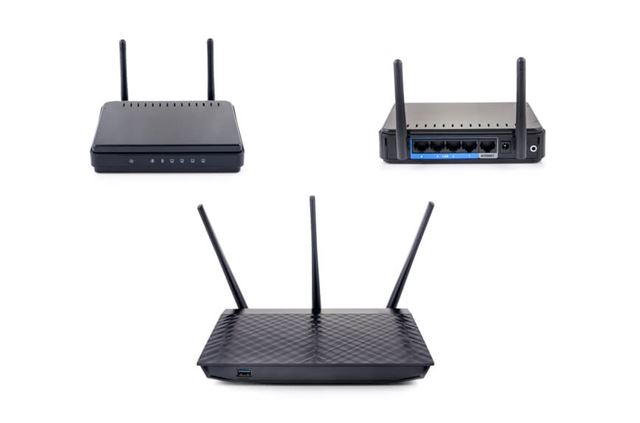
ON A NOTE. Simultaneous downloading of several videos and viewing pages on the Internet will require certain characteristics of your PC: a minimum of 64 MB of RAM and a processor of at least 400 MHz.
Wi-Fi coverage
The choice depends on the possible distance between the router and the device receiving the signal. Consider the possible influence of third-party connections (for example, Internet neighbors), which may jam each other.In a one-room room, a standard medium-power device is suitable. It will provide reliable reception, ignoring foreign signals.
REFERENCE. The optimal frequency of the router is 5 GHz. But if your equipment does not support this value, then there is a universal 2.4 GHz mode.
A private house with a large plot (if Internet transmission is needed along its perimeter) will require a more powerful transmitter. Office work prioritizes productivity and power. The optimal choice would be devices with three bands, equipped with amplified antennas.
ON A NOTE. The most common standard is 802.11 AC, which consistently maintains speeds within 54 Mb/s and is universal for different mobile devices.
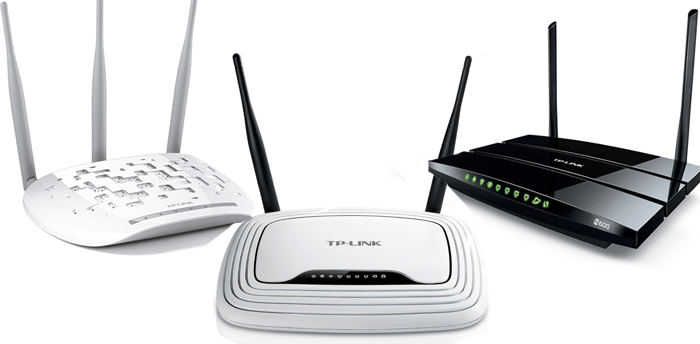
Network protection for various types of routers
Security functions are performed by encryption protocols:
- WEP, this is an outdated standard, as it is easy for modern hackers to hack,
- WPA, is considered 100% hack-proof, is ubiquitous, its presence is recommended,
- WPA2, a modernized version of the previous format.
ON A NOTE. All difficulties encountered when choosing a transmitter can be resolved with the help of the provider. Specialists will suggest the necessary parameters of the product, and after purchasing it, they will carry out the necessary equipment settings.
We talked in our article about the main features of routers. It is obvious that the user cannot do without these devices. They are capable of providing high-quality Internet reception, and modern models are mainly produced in a universal configuration to simultaneously support wired and wireless networks.

